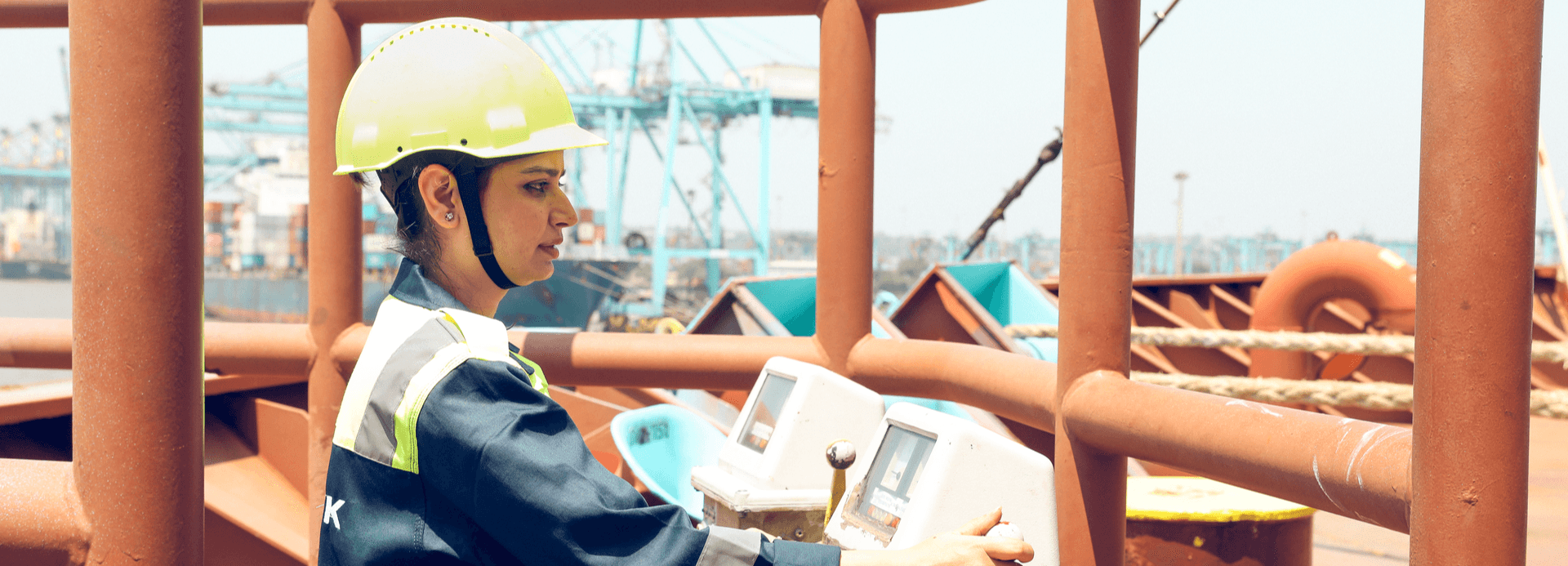
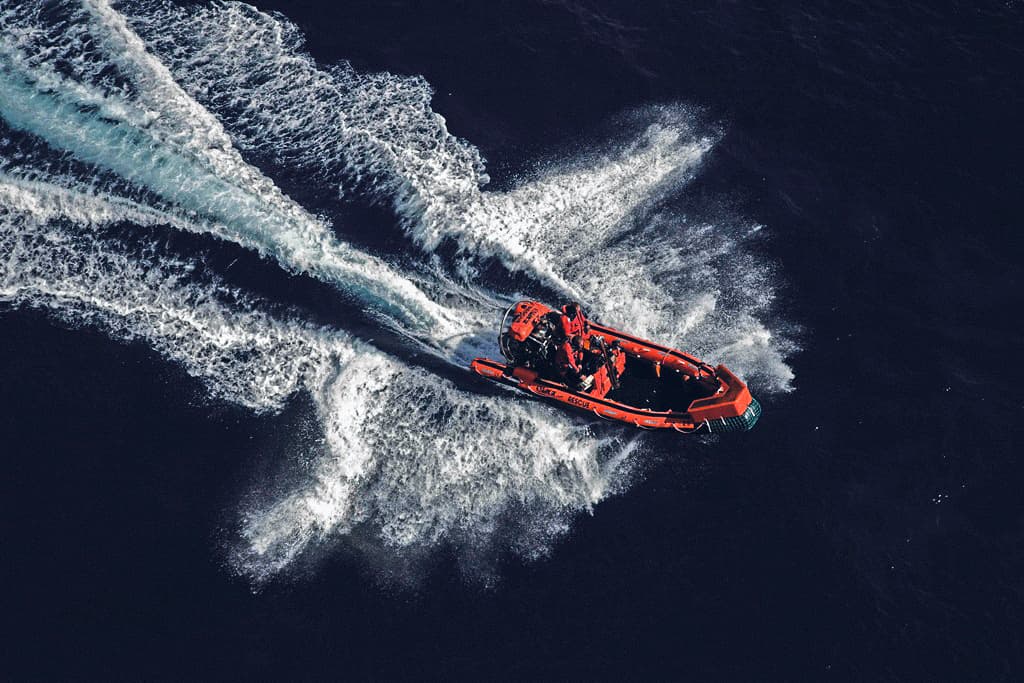
Why is STCW training important?
STCW (Standards of Training, Certification, and Watchkeeping for Seafarers) is a global set of training standards created by the International Maritime Organization (IMO) to ensure safety and efficiency in the shipping industry.
STCW training ensures that you:
-
Gain the skills and knowledge to perform your duties safely on seagoing vessels.
-
Meet the IMO's international requirements for maritime professionals.
This training is essential for anyone working in the maritime industry, helping you stay compliant and prepared for the challenges of life at sea.
Explore our STCW courses
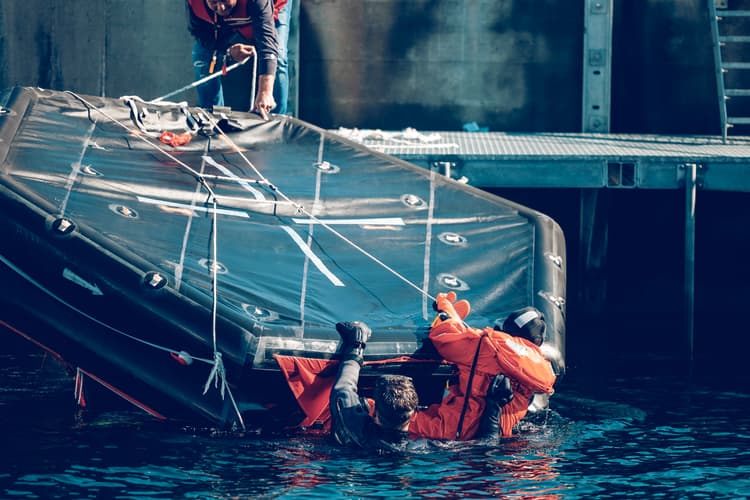
STCW Basic Safety Training (BST)
This STCW training is mandatory for all seafarers. This program covers essential safety skills, including personal survival techniques, basic firefighting, first aid, and personal safety and social responsibility.
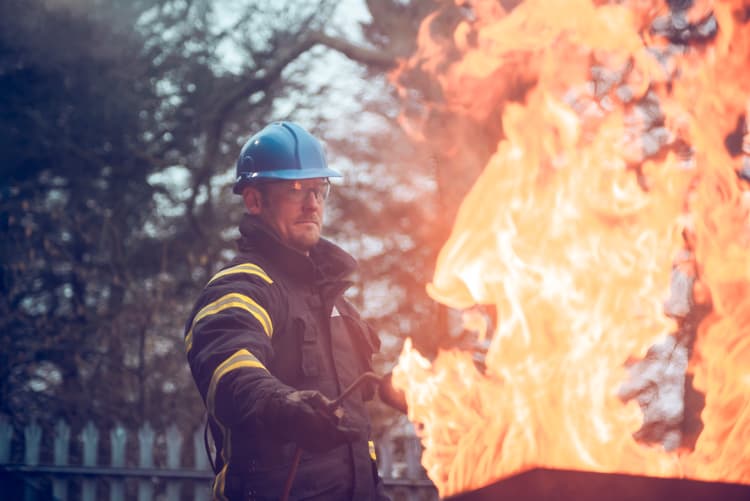
Advanced Firefighting
This course focuses on advanced firefighting techniques, including fire prevention, command and control, and the use of specialised equipment.
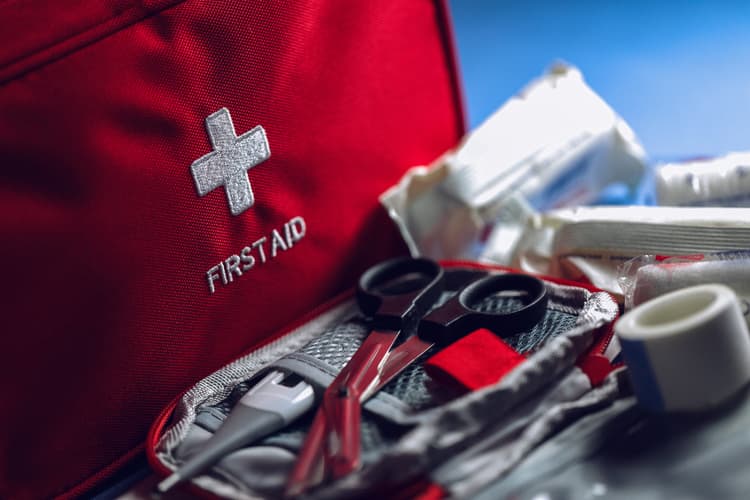
Medical Care on Board Ship
Designed for seafarers designated to provide medical first aid and medical care on board vessels.
Here's a detailed look at the objectives and benefits of STCW training at Maersk Training:
Safety awareness
Navigation and watchkeeping
Shipboard operations
Maritime security
Environmental protection
Regulatory compliance
Why choose Maersk Training for STCW courses?
Industry expertise
With decades of experience in maritime training, we deeply understand the intricacies of STCW and its significance in promoting maritime safety.
State-of-the-art facilities
Experience real-life scenarios in our advanced simulators and training environments, setting you up for success in real-world situations.
Globally recognised certification
Upon successful course completion, you will receive a certificate recognised by shipping authorities and companies worldwide.
Diverse course offering
Whether you're a seasoned mariner or just starting out, we have a wide range of STCW courses to suit every level and requirement.